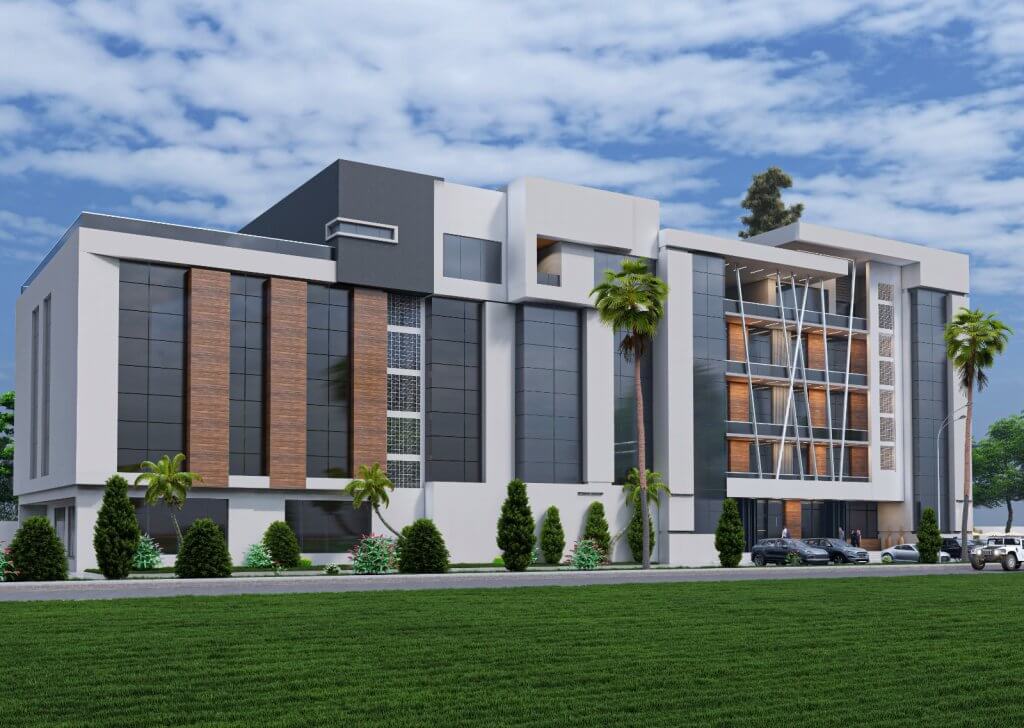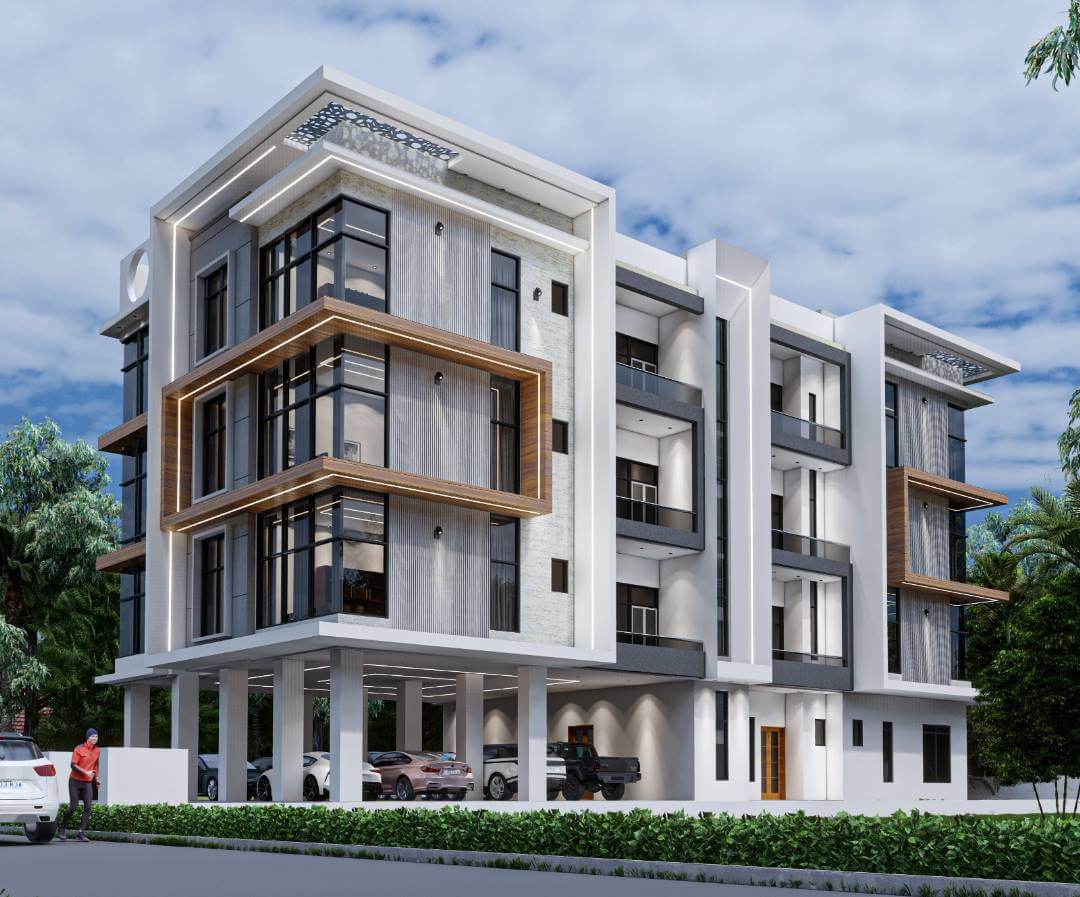

Documentation: Begin by documenting the historical building‘s current state, architectural details, and historical significance. This documentation serves as a baseline for restoration efforts.
Legal Protection: Ensure that the building is legally protected through heritage preservation laws and regulations. This can help prevent unauthorized modifications or demolitions.
Research and Planning: Conduct historical research to understand the building’s context and significance. Develop a comprehensive restoration plan that balances preservation with necessary repairs and improvements.
Funding and Resources: Secure funding from government agencies, private organizations, and international bodies to support restoration efforts. Adequate resources are essential for successful projects.
Skilled Workforce: Employ skilled architects, engineers, craftsmen, and artisans who have experience in historic building restoration. They should use traditional building techniques and materials when possible.
Materials: Use authentic materials in the restoration process to maintain the historical integrity of the building. Local sourcing of materials can be sustainable and cost-effective.
Structural Stabilization: Ensure the structural stability of the building to prevent collapse or further deterioration. This may involve repairing foundations, roofs, and walls.
Preservation of Original Features: Retain and restore original architectural features, such as windows, doors, and decorative elements. This helps maintain the building’s historical character.
Conservation: Implement conservation measures to protect against environmental factors, such as humidity, pests, and pollution, which can harm historical buildings.
Community Engagement: Involve the local community in the restoration process to build support and awareness. Encourage community activities and events at the site.
Maintenance Plan: Develop a long-term maintenance plan to ensure the building’s continued preservation and prevent future deterioration.
Education and Tourism: Use the restored historical building as an educational and tourism resource, promoting cultural awareness and economic development in the region.
Monitoring and Evaluation: Continuously monitor the building’s condition and make necessary adjustments to the restoration and maintenance plan.
Preserving and restoring historical buildings in Nigeria requires a coordinated effort among government agencies, preservation organizations, and local communities. It not only safeguards cultural heritage but also contributes to economic development and tourism in the region.




